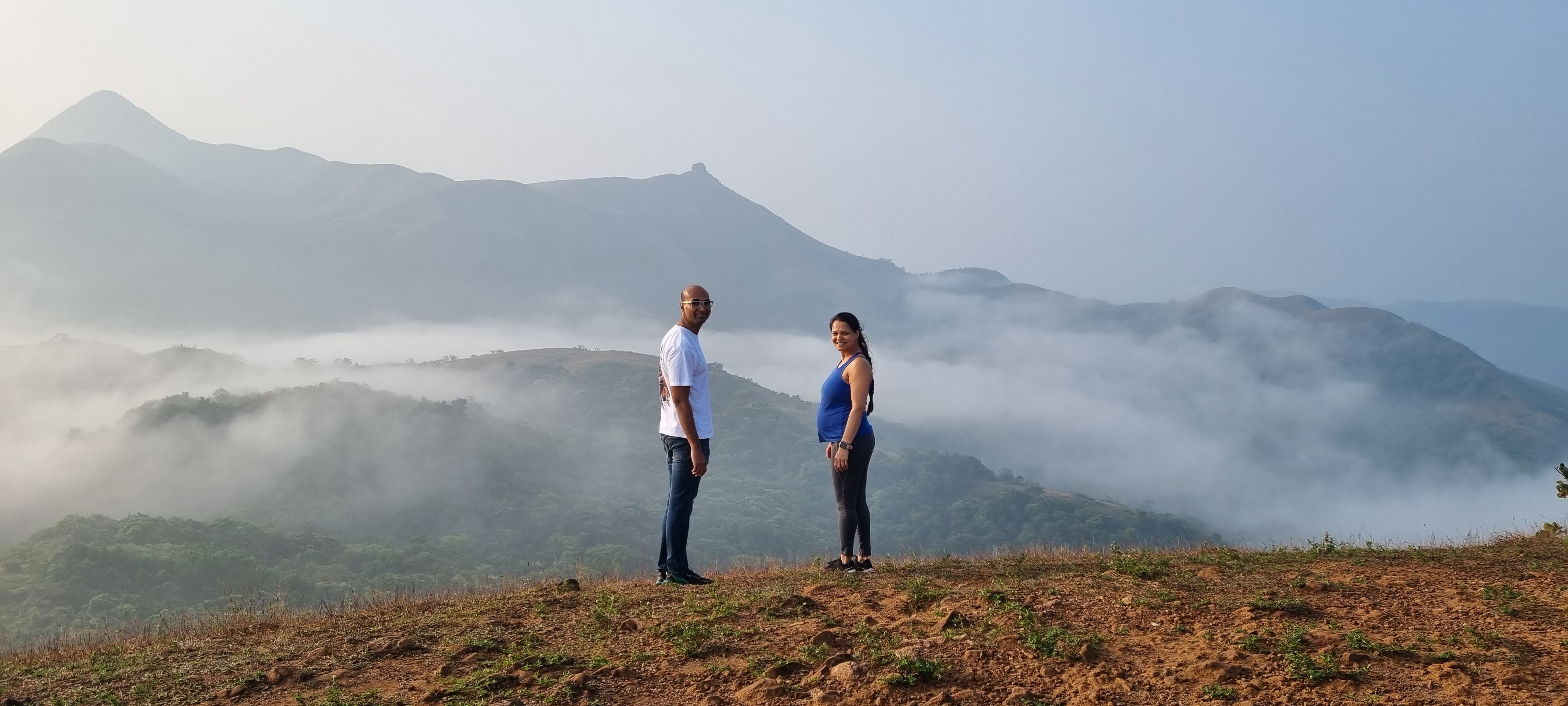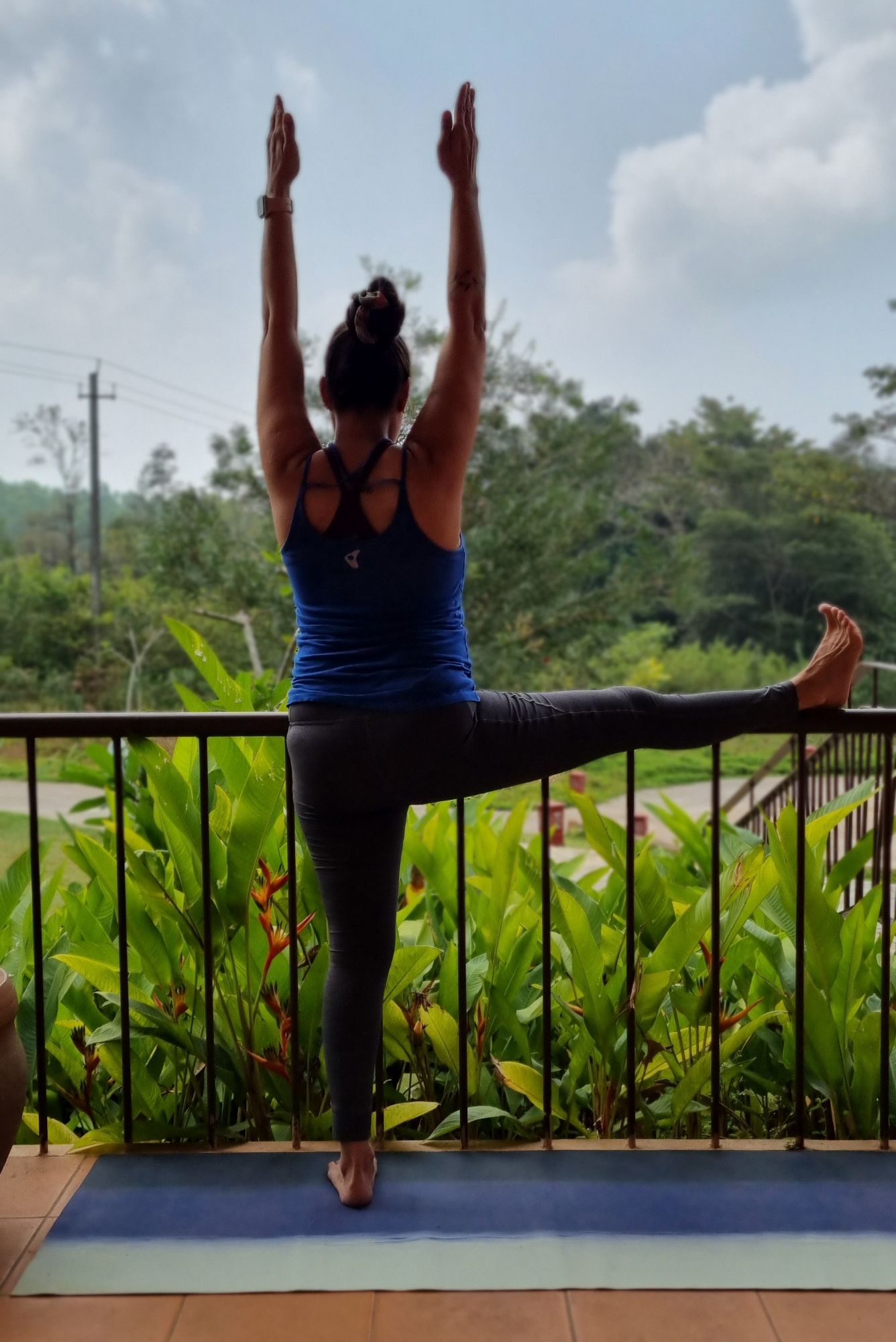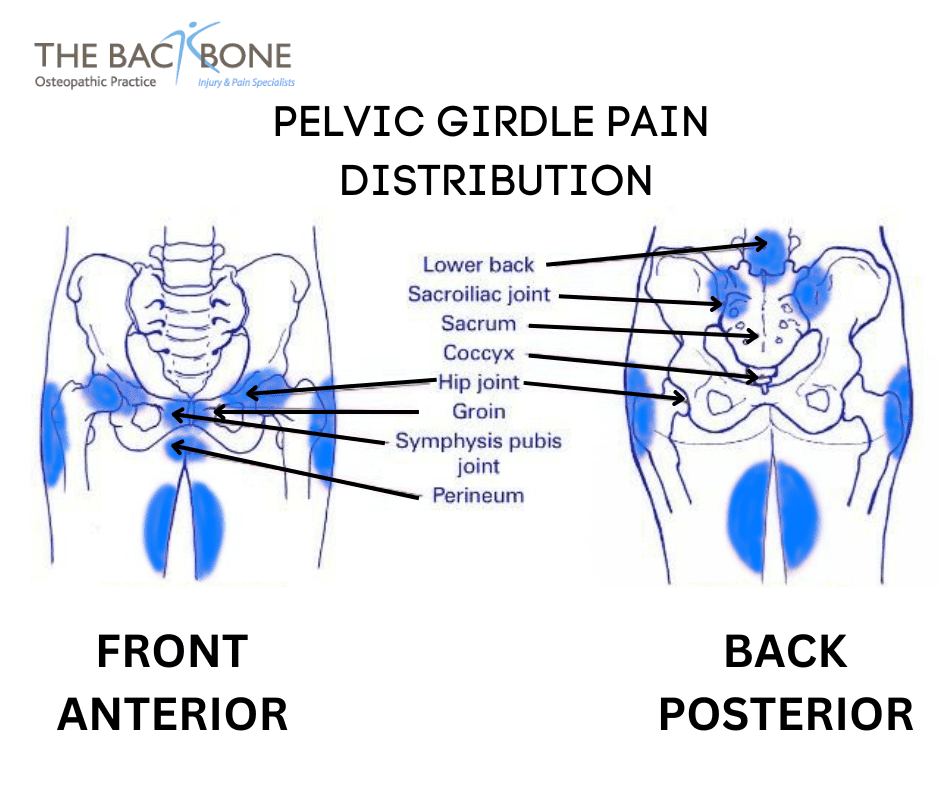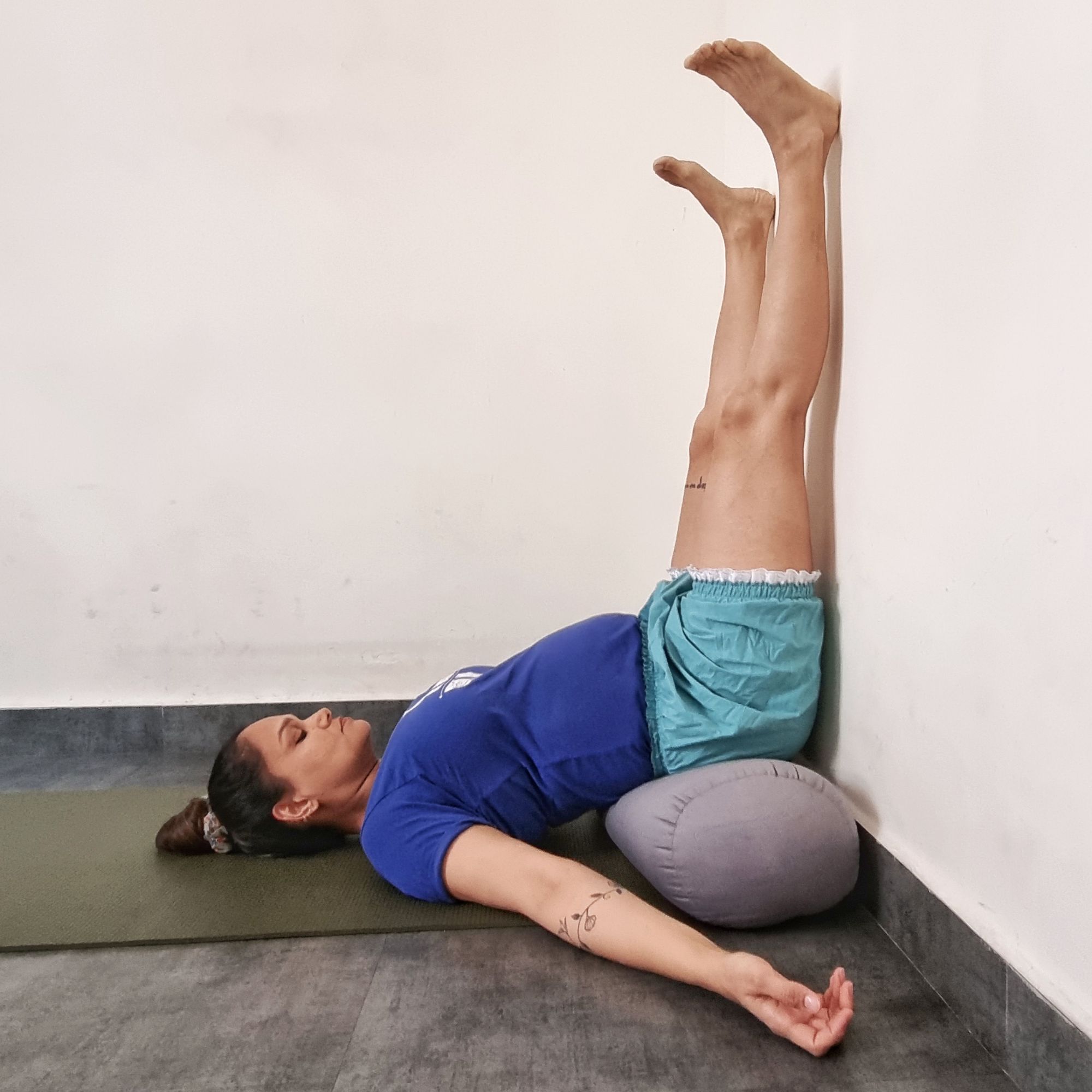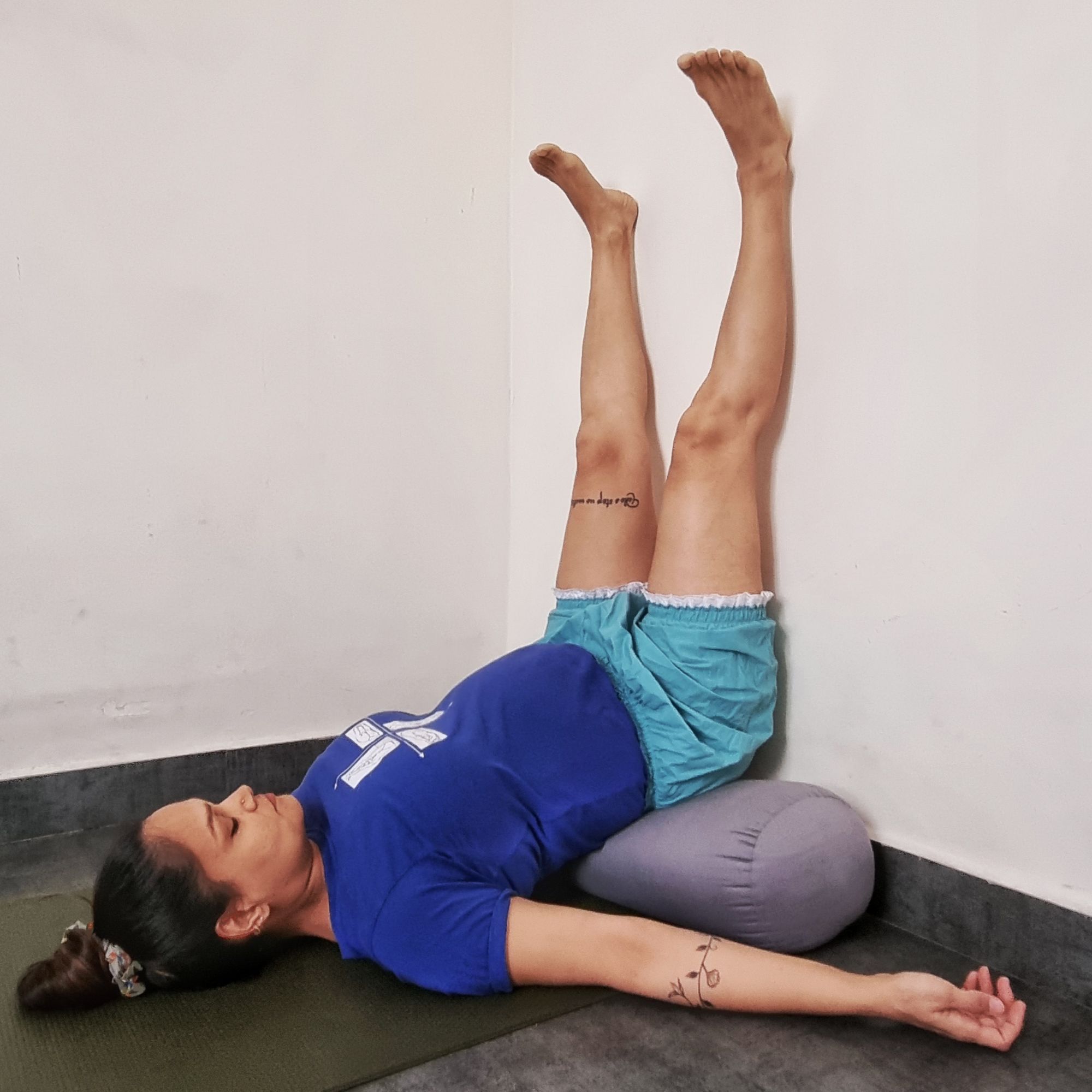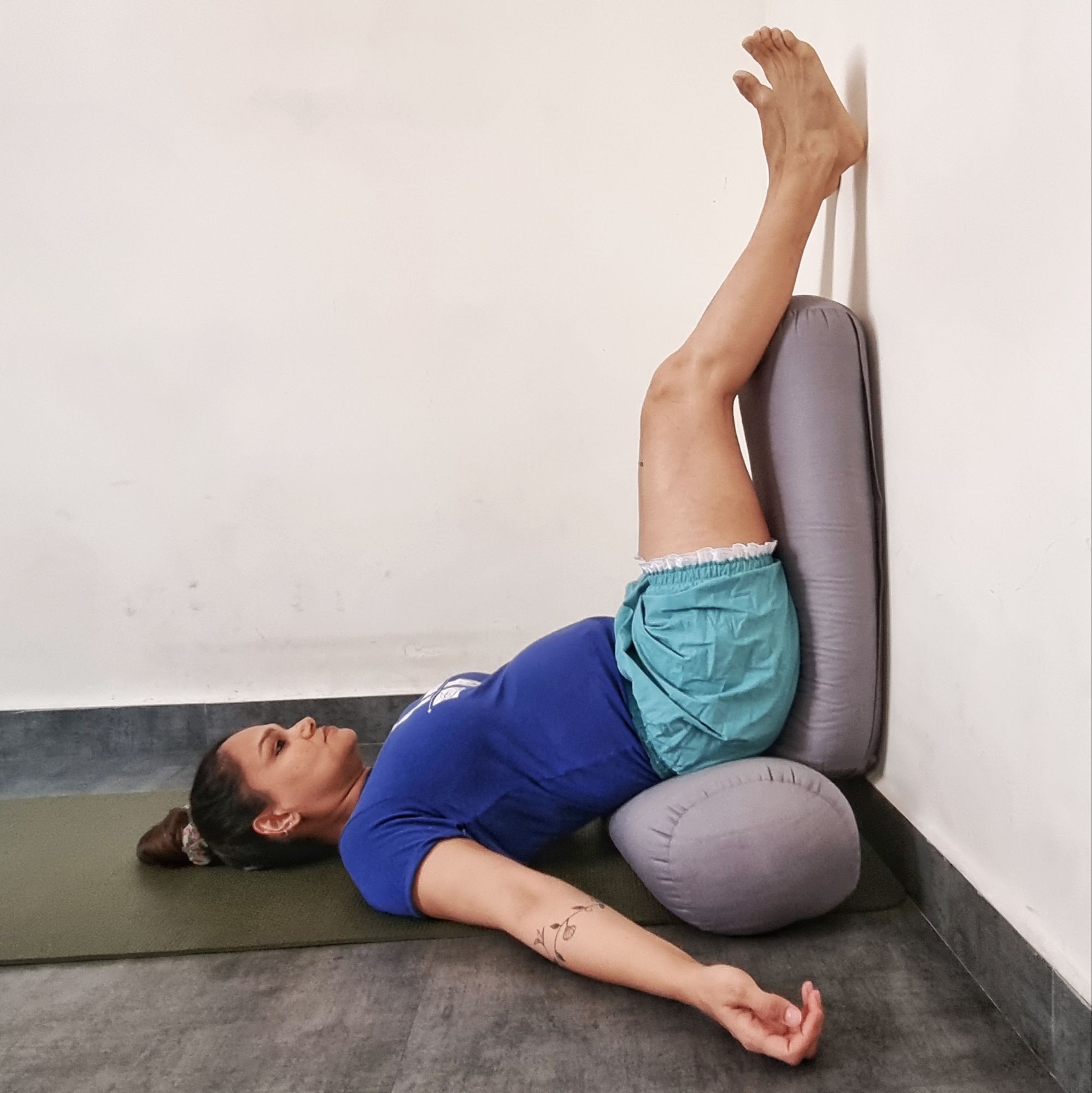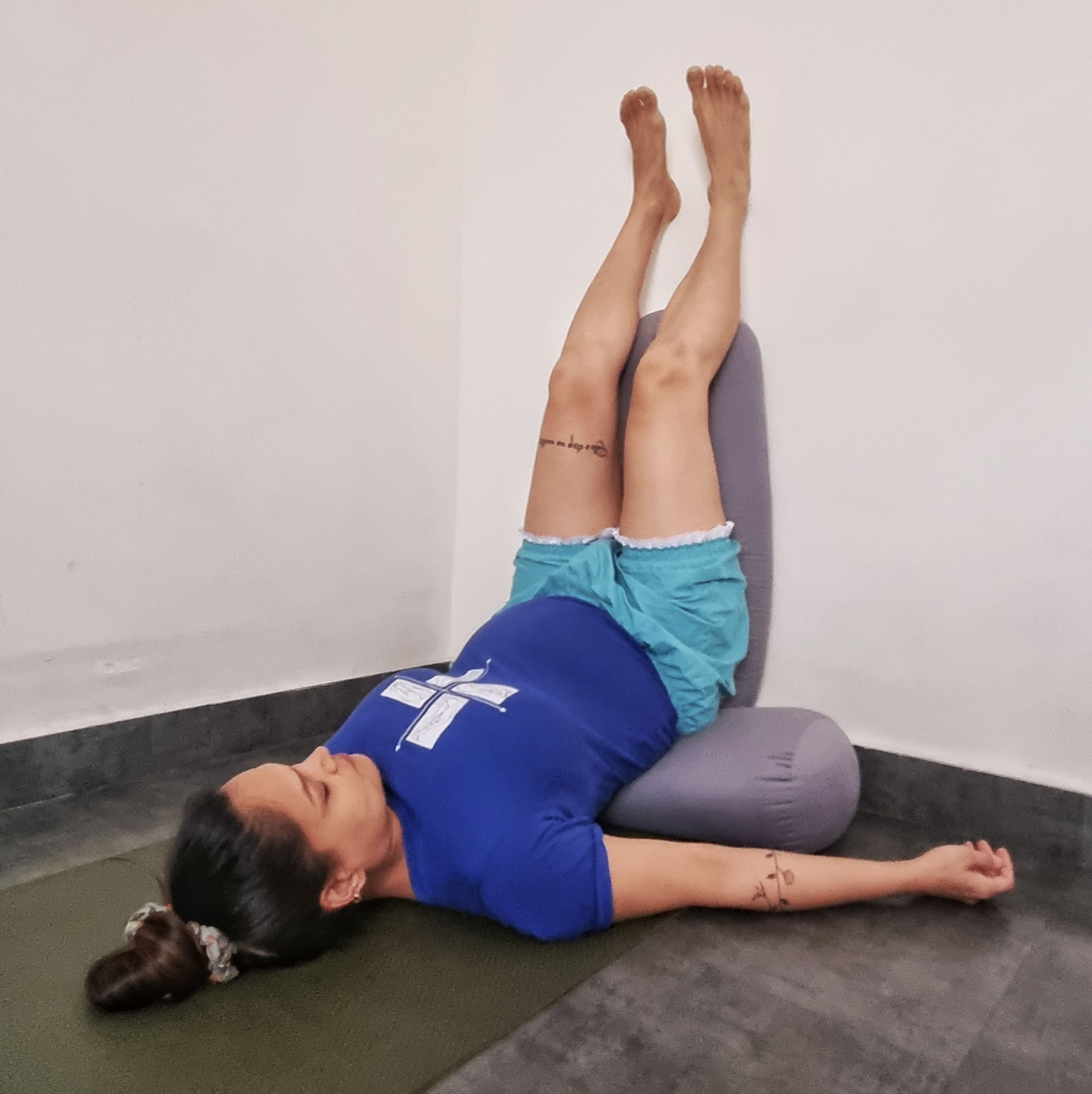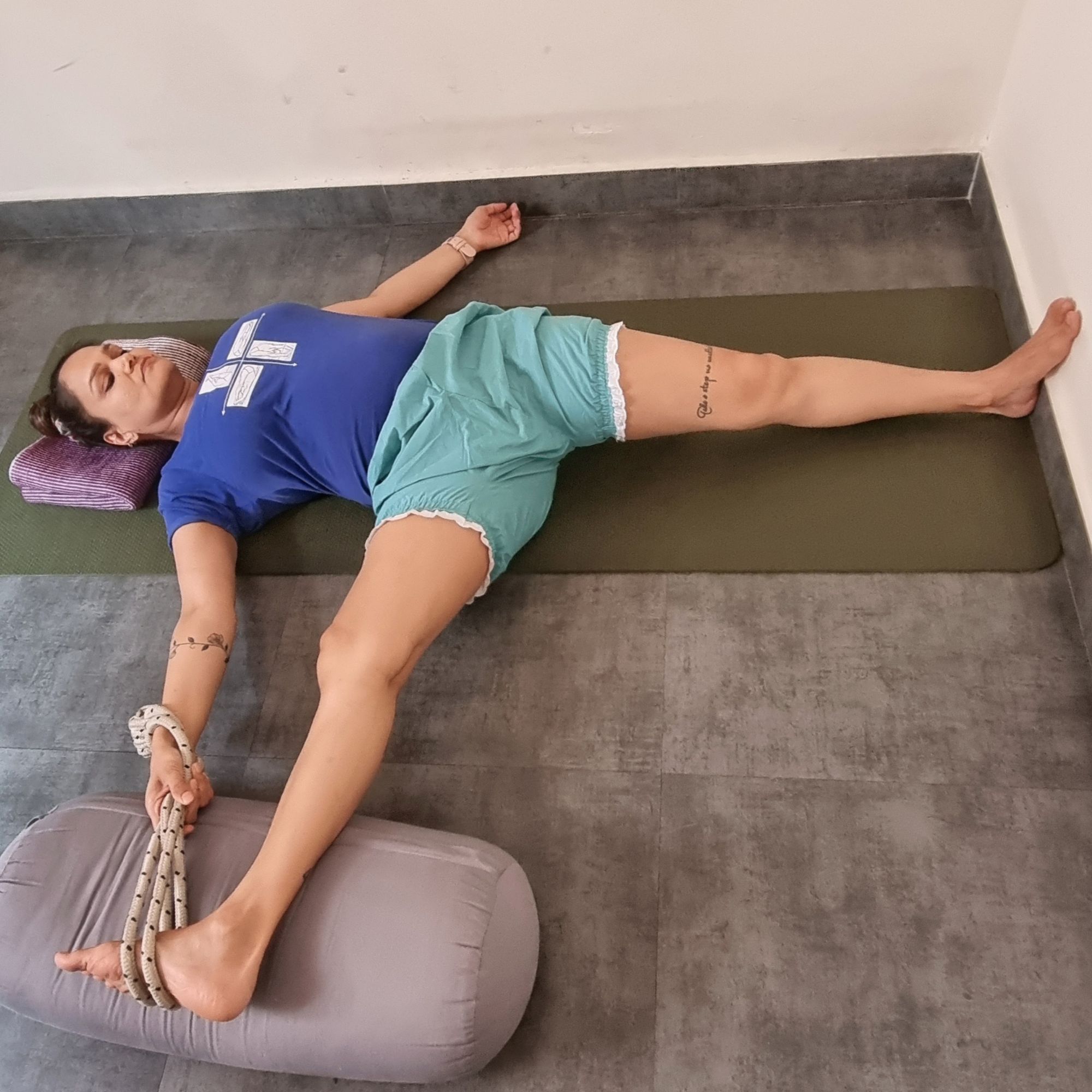I’ve tried to document this pregnancy as much as possible. This is from a collection of photos we took on our baby moon to Sakleshpur.
Before I fell pregnant myself, pregnancy seemed pretty straight forward. You get big, sometimes cranky and start to waddle around. Some women glow, and some can’t stop eating.
While all the above is true, it is also only a superficial insight into pregnancy. Pregnancy encompasses a whole gamut of experiences that no one really talks about. For instance no one tells you ‘morning sickness’ is a misnomer, that it should actually be called ‘all day sickness’. That you might not throw up, but you’ll feel like throwing up all the time. Also that your digestion goes for a toss, regardless of what you eat/don’t eat. Also that sometimes your skin might break out. And also no one tells you about the constant fatigue, which in itself is fatiguing. But there are two pregnancy symptoms that no one seems to be talking about…
Two Pregnancy Symptoms No One Tells You About
1. Gingivitis
One night I did a double take and blanched at what I saw in the sink – I had just spit out dark pink toothpaste froth. I looked at my gums and couldn’t believe that blood could ooze out of your gums like that. Painless yet frightening. I recalled reading a little about this in ‘What to Expect When You’re Expecting‘, but couldn’t remember what it said I should do. I sent a frantic message to my friend and dentist Teena, whose calm response did nothing to alleviate my panic. “It’s a normal pregnancy symptom Pragya. Use your water flosser regularly and come in for a cleaning.”
Gingivitis can happen during any trimester and usually peaks during the third. While the exact cause isn’t known, doctors speculate there could be several reasons for this.
- Changes in hormones during pregnancy, specifically the increase in estrogen and progesterone. While these hormones are important for the growth of the baby, they also cause gum inflammation.
- Increased volume of blood in a woman’s body, leading to more blood flow to the gum.
- In addition to this, eating more frequently leaves your mouth exposed to more bacteria than usual.
What To Do
- Brush twice a day and floss daily.
- Salt water rinses – this actually helps to keep oral bacteria in check.
I remember an entire week where I’d wonder when the bleeding would stop, and eventually it did stop. So if you’re in the same boat, don’t worry too much about this, but make sure you’re maintaining as much oral hygiene as possible. And schedule an appointment with your dentist asap.
2. Nose bleeds
Sneezing blood is not what great pregnancy stories are made of. But many women, including me, have that unfortunate experience.
Nosebleeds happen because of the same reason that your gums bleed – there is so much more blood circulating through your system and hormones. In addition to this:
- Blood vessels in the nose are delicate and can rupture easily – leading to nosebleeds.
- Hormonal changes can leave pregnant women susceptible to allergies and colds – and these increase changes of nose bleeds.
- Dehydration can also cause nosebleeds. During my first trimester drinking water made me nauseous and consequently my water intake reduced.
What To Do
- Jal Neti to the rescue. I found that jal neti also helped calm the dry, raw skin inside my nostrils that can happen because of the dry weather or allergies.
- Use pregnancy-safe balms around your nose to relax constricted blood vessels. This also lubricates the nostrils and eases the pain and discomfort.
Although nosebleeds are nothing to worry about, if it doesn’t stop then it’s a good idea to consult a doctor. Also if you’ve been diagnosed with high blood pressure, or feel dizzy and have problems breathing, then consult a doctor asap.
Besides these two pregnancy symptoms, there are so many others that women encounter. No two pregnancies are the same, so the symptoms vary from person to person. That said, there are so many things, such as PGP, which are just a game of hormones (as my yoga teacher likes to say), and you have to work on management rather than prevention. Thus far I’ve relied on my intuition and a fair amount of research to make decisions for myself, which has worked for me.
As always reaching out to friends and family can give you the support you need for a healthy and rewarding pregnancy. In case you have any questions about your experience, please leave a comment or email me on pragya.bhatt@gmail.com
